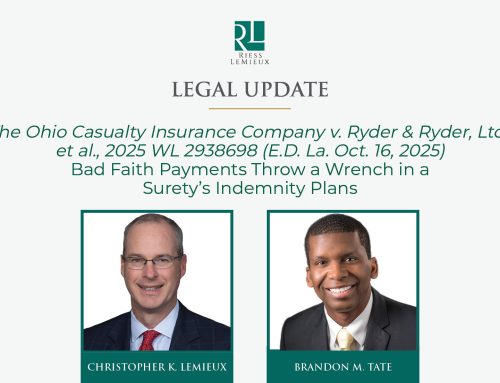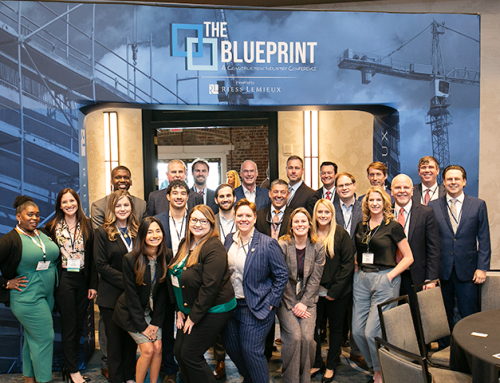The recently passed CARES Act provides significant assistance to small businesses that may be considering bankruptcy due to financial losses caused by the COVID-19 pandemic. The new law expands the debt limits threshold from $2,725,625 to $7,500,000, thus allowing many more individuals and businesses to qualify for expedited bankruptcy relief under the Small Business Reorganization Act. Bankruptcy filers will also be able to exclude any economic relief they receive from the federal government as a result of the COVID-19 pandemic so as not affect their eligibility to file. Lastly, those operating under a confirmed Chapter 13 plan, assuming proof of “material financial hardship,” can extend their plan up to seven years.
Section 1113 of the Coronavirus Aid, Relief, and Economic Security Act (“CARES Act”) made several, mostly temporary, changes to the Bankruptcy Code to assist businesses during the COVID-19 pandemic. These CARES Act amendments are effective for a period of one year beginning March 27, 2020. The CARES Act coincidentally follows the recent Small Business Reorganization Act of 2019 (“SBRA Act”), which itself became effective February 19, 2020. The SBRA Act was instituted to broaden the opportunity for small businesses to successfully utilize the benefits of Chapter 11 of the Bankruptcy Code that were for all practical purposes out of their reach. United States Bankruptcy Judge Robert E. Grossman recently described the pure happenstance of the SBRA Act enactment and the current pandemic:
Had Congress been given a crystal ball with the power to see what the world is facing today, including the severe disruption to our Nation’s economy and its impact on small businesses, Congress likely could not have drafted a more effective set of mechanisms to help these businesses reorganize and hopefully survive.1
The CARES Act expands the debt limits for Subchapter V debtors, allowing many more individuals and businesses to qualify for expedited bankruptcy relief under the SBRA Act. However, for a debtor to qualify under the SBRA Act, at least 50 percent of debt must be business-related. The CARES Act now strengthens the recent SBRA Act to temporarily amend the Bankruptcy Code as follows:
- Increasing the maximum debt threshold for a debtor to qualify under Subchapter V of Chapter 11 under the SBRA Act from $2,725,625 to $7,500,000.
- Adding Section 1329(d) to the Bankruptcy Code to permit Chapter 13 debtors the ability, after notice and hearing, to modify a previously confirmed plan based on a showing of material financial hardship caused by the COVID-19 pandemic, including extending plan payments for seven years after the initial plan payment was due.
- Excluding COVID-19 related payments from the federal government from the definition of current monthly income in section 101(10A)(B)(ii) of the Bankruptcy Code in determining means test eligibility for Chapters 7 and 13 debtors.
- Clarifying that the disposable income a Chapter 13 debtor commits to a plan under Section 1325(b)(2) of the Bankruptcy Code excludes COVID-19 related payments from the federal government.
In response to the above changes, the U.S. Advisory Committee on Bankruptcy Rules has already amended five official bankruptcy forms (101, 122A-1, 122B, 122C-1, and 201), effective immediately, to account for the new definition of “debtor” applicable to Subchapter V of Chapter 11 and a new exclusion from the definitions of “current monthly income” and “disposable income.”2
The CARES Act changes to the Bankruptcy Code have been swift and its effects immediate. Small businesses have been and will continue to be pushed to their financial limits during this period of nationwide disruption. The Bankruptcy team at Riess LeMieux is always available to advise on what these changes can mean for you and your business.



